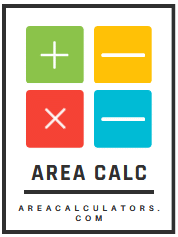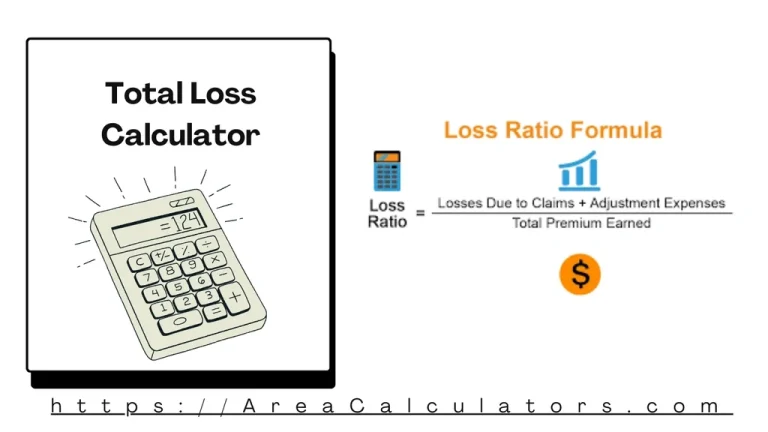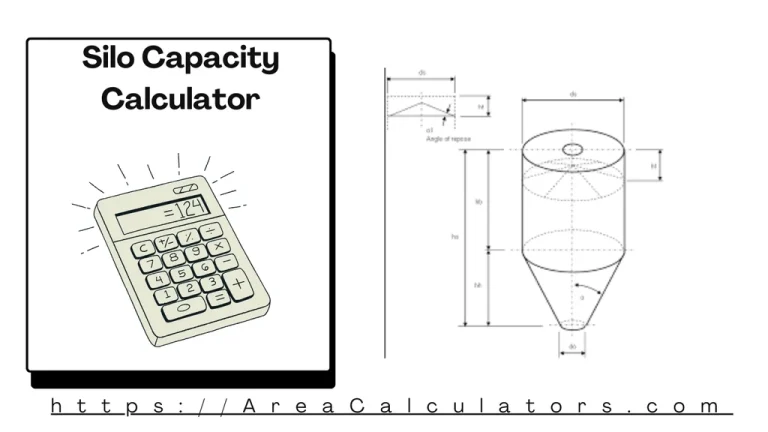Percent Discrepancy Calculator
To determine percent discrepancy, divide the discrepancy (difference between measured and expected values) by the expected value, then multiply by 100 to get the percentage.
The Percent Discrepancy Calculator is a tool used to measure the deviation between experimental or measured values and theoretical or expected values.
This is crucial in fields like physics, chemistry, and statistics to assess the accuracy of measurements and identify errors in experiments or calculations. A low percent discrepancy indicates high accuracy, while a high discrepancy highlights significant deviations.
Formula:
| Variable | Description | Unit |
|---|---|---|
| Percent discrepancy | Percentage (%) | |
| Discrepancy (difference between values) | Unitless | |
| Expected value | Unitless |
Solved Calculations:
Example 1: Calculate Percent Discrepancy ()
| Step | Value | Explanation |
|---|---|---|
| Discrepancy () | Given | |
| Expected Value () | Given | |
| Calculation | Plug into formula | |
| Simplification | Simplify terms | |
| Result | Percent discrepancy |
Example 2: Calculate Percent Discrepancy ()
| Step | Value | Explanation |
|---|---|---|
| Discrepancy () | Given | |
| Expected Value () | Given | |
| Calculation | Plug into formula | |
| Simplification | Simplify terms | |
| Result | Percent discrepancy |
What is the Percent Discrepancy Calculator?
The Percent Discrepancy Calculator is a valuable tool for calculating the difference between two values in terms of percentage, often used in fields like physics, chemistry, and statistics.
It enables users to assess the accuracy or consistency of experimental data compared to theoretical values.
To use the calculator, you input the observed and expected values. The tool then calculates the percent discrepancy, typically expressed as the absolute difference between the values divided by the expected value, multiplied by 100.
For example, in an experiment where the theoretical value is 150 and the measured value is 140, the percent discrepancy would be around 6.67%.
This calculator is essential for academic and professional purposes, such as error analysis, quality control, or data validation. It simplifies calculations, providing quick results without manual effort.
Final Words:
In summary, the Percent Discrepancy Calculator is an efficient solution for precise error analysis. It ensures clarity and accuracy when comparing values, making it an indispensable tool for both educational and professional applications.


